Our ability to make more precise genetic changes has improved considerably using the CRISPR/Cas9 technology, that can be described as a genetic knife. Researchers now demonstrate how they have improved our ability to do so even further.
Researchers can now edit the tiniest genetic errors that could be the cause of many different diseases in humans.
Two new technologies published in two different studies demonstrates the ability to edit RNA (ribonucleic acid) and individual DNA (deoxyribonucleic acid) base pairs, making gene editing much more precise.
Base Editing
Two different research teams from the Broad Institute of MIT and the Broad Institute of Harvard, both describe a new way to edit DNA and RNA, called base editing. They have developed tools that they hope to use to correct the smallest genetic defects, mutations, related to cancer, diabetes and many other human diseases.
The two research teams have published their findings in the journals Science and Nature. The papers have one thing in common, that they both enable precise editing of more specific parts of the genome to a higher effectiveness than before.
The difference between the two studies refers to changes in different parts of the genome. The Nature study, with researchers led by David Liu, a Harvard chemistry professor, demonstrate the ability to change an A into a G in the DNA.
While the other study published in Science, with a team led by Feng Zhang, of the Broad Institute and MIT, used a similar base-editing method to target individual letters in RNA, which is an active working copy of DNA. And changing it instead of the DNA has its advantages.
Base editing uses a modified version of CRISPR able to target fix single-letter mistakes in genes. There are six billion DNA letters in the human genome, built by chemical bases known as A, C, G and T. DNA’s four chemical bases are adenine (A), cytosine (C), guanine (G) and thymine (T). The letters pair off—A with T and C with G—to form DNA’s double helix.
Nature Study: DNA
David Liu’s team engineered an entirely new enzyme that could convert an AT to a GC pair. The designed proteins can enter the DNA in the nucleus and chemically fix the smallest of defects, mutations that can cause diseases without cutting into DNA.
Since about half of the 32,000 disease-associated point mutations are caused when a GC base pair mistakenly becomes an AT in a specific spot in the genome, the potentials of the enzyme engineered by Liu’s team are enormous.
“Standard genome-editing methods, including the use of CRISPR-Cas9, make double-stranded breaks in DNA, which is especially useful when the goal is to insert or delete DNA bases,”
“But when the goal is to simply fix a point mutation, base editing offers a more efficient and cleaner solution.”
– Said David Liu, re-researcher behind a new study published in the journal Nature.
If CRISPR is can be compared to a pair of scissors, base editing is more like a pencil. This pencil was used by Liu and his colleagues to correct a point mutation that causes hereditary hemochromatosis, they also used the base editor in human cells to induce a mutation that suppresses sickle-cell anemia.
Science Study: RNA
When a gene becomes a protein, that gene has to be transcribed into RNA in the cell, and the RNA is then read to make the protein. If DNA is the master architect, RNA is like an assistant who takes a blueprint from DNA and plugs it into cellular machines. In short, changes in the DNA are permanent, changes in the RNA are temporary.
Instead of directly targeting the DNA and thus making permanent changes in the genome, by making changes in the RNA instead, you make changes in a working copy.
According to MIT researchers led by Feng Zhang, targeting the RNA is less risky than making changes in the DNA directly by using CRISPR, which has made it possible to cut out defective genes that cause disease and replace them with a new functional variant.
Using CRISPR to edit the DNA can cause small errors to sneak in. But since changes in the RNA are temporary due to RNA naturally degrading in the body. This new version of CRISPR that can edit RNA is therefore much safer.
It can be used as a time-limited treatment of diseases such as psoriasis. A treatment that resembles a medical drug taken until you are healthy instead of making permanent changes that would be inherited by the next generation.
The MIT researchers discovered an active version of Cas13 enzyme, called Cas13b. They then designed a version of Cas13b and fused it with the ADAR protein, resulting in a platform they called RNA Editing for Programmable A to I Replacement (REPAIR).
“REPAIR presents a promising RNA editing platform with broad applicability for research, therapeutics, and biotechnology,”
“REPAIR provides a new approach for treating genetic disease or mimicking protective alleles, and establishes RNA editing as a useful tool for modifying genetic function,”
– Dr. Zhang and colleagues write in their paper.
The two new technologies, together with the CRISPR/Cas9, enable both small and large changes in inheritance, with both permanent and temporary effects. Both have only been tested on cultured human cells so far.
Both represent exciting developments in genetic engineering. But more work remains before base editing can be used to treat patients with genetic diseases, including tests of safety, efficacy, and side effects. The next challenge is to move from the lab to actual patients.
Reference:
David B. T. Cox et al. RNA editing with CRISPR-Cas13 Science 25 Oct 2017:eaaq0180 DOI: 10.1126/science.aaq0180
Nicole M. Gaudelli et al. Programmable base editing of A•T to G•C in genomic DNA without DNA doi:10.1038/nature24644

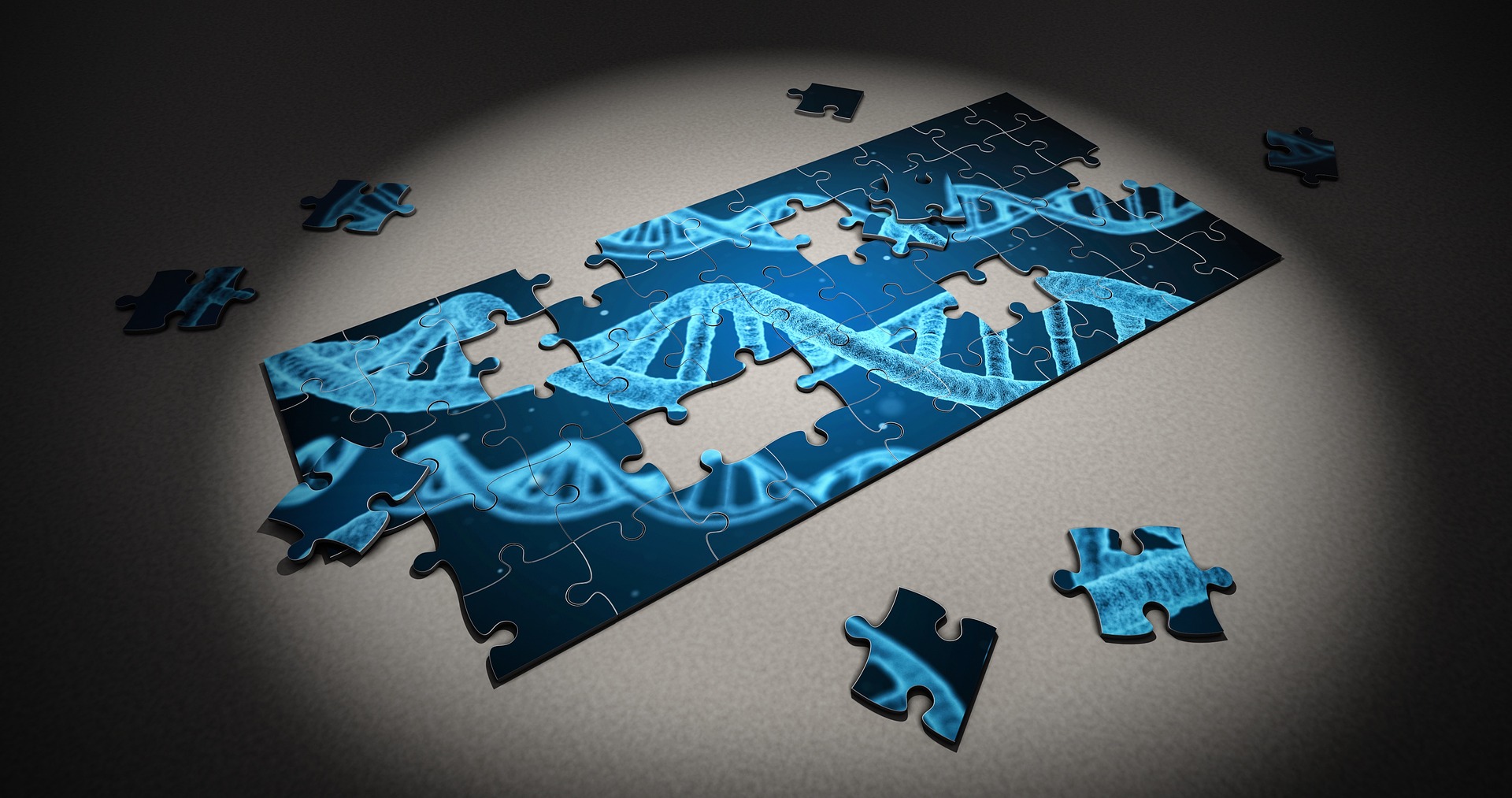
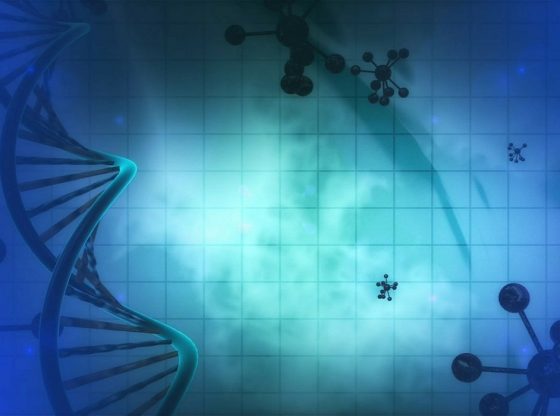
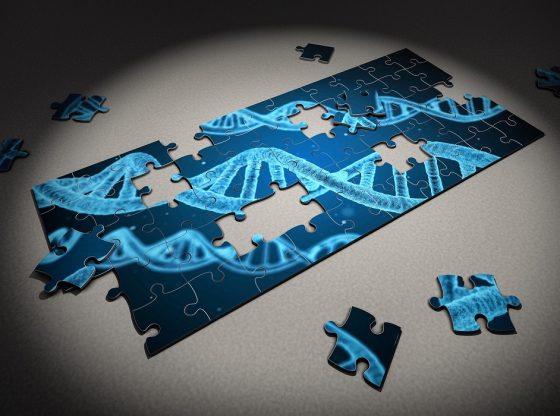
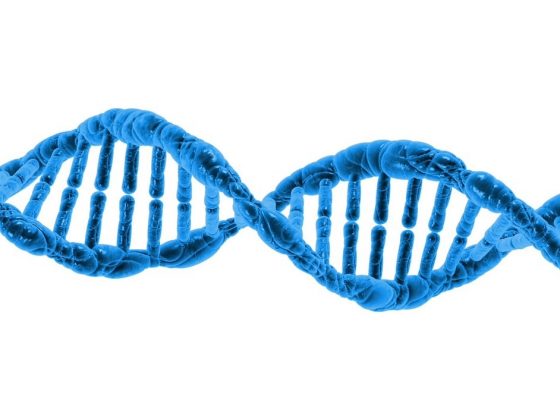
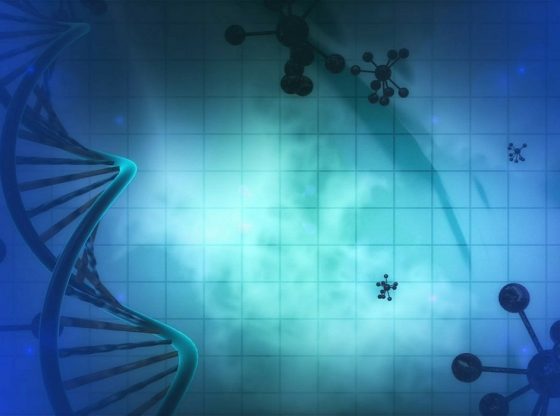


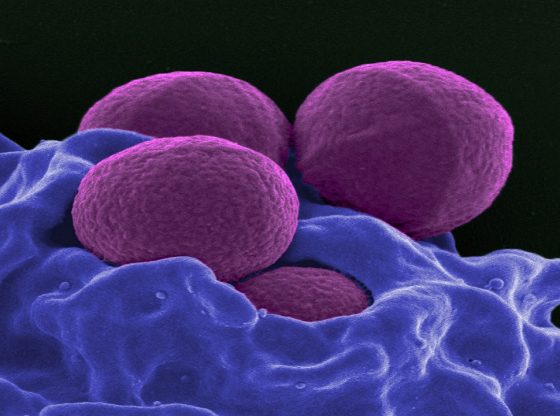

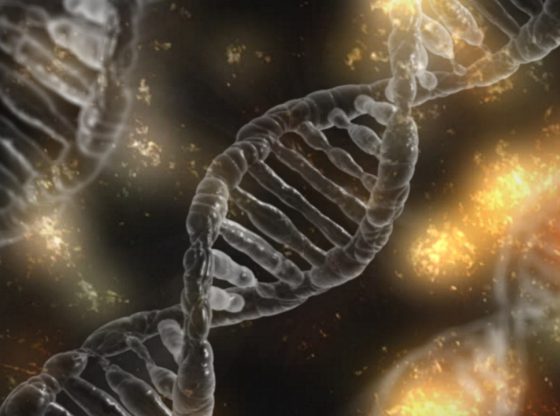

![OpenAI. (2025). ChatGPT [Large language model]. https://chatgpt.com](https://www.illustratedcuriosity.com/files/media/55136/b1b0b614-5b72-486c-901d-ff244549d67a-350x260.webp)
![OpenAI. (2025). ChatGPT [Large language model]. https://chatgpt.com](https://www.illustratedcuriosity.com/files/media/55124/79bc18fa-f616-4951-856f-cc724ad5d497-350x260.webp)
![OpenAI. (2025). ChatGPT [Large language model]. https://chatgpt.com](https://www.illustratedcuriosity.com/files/media/55099/2638a982-b4de-4913-8a1c-1479df352bf3-350x260.webp)








